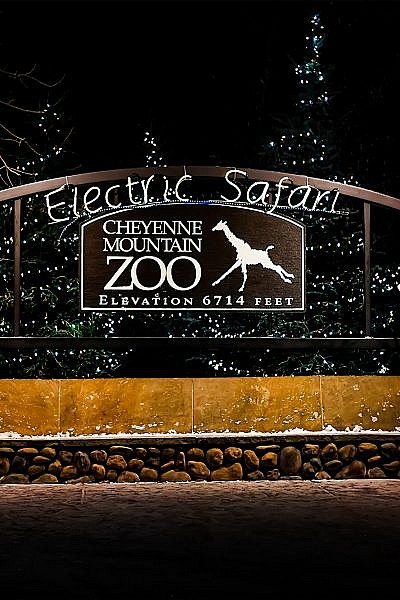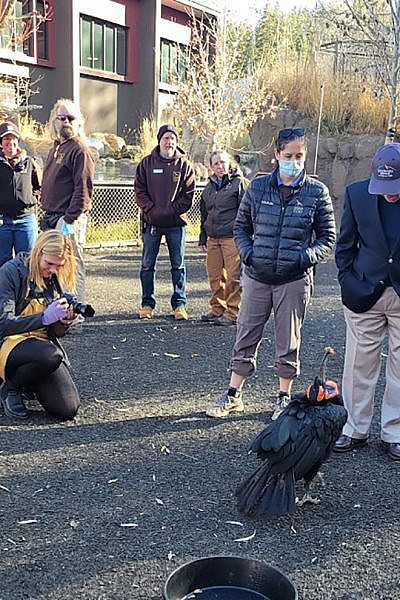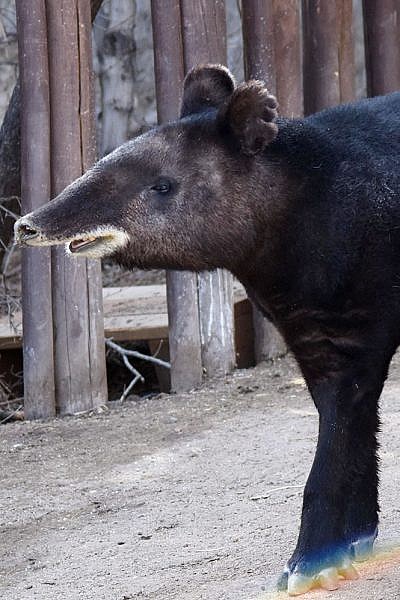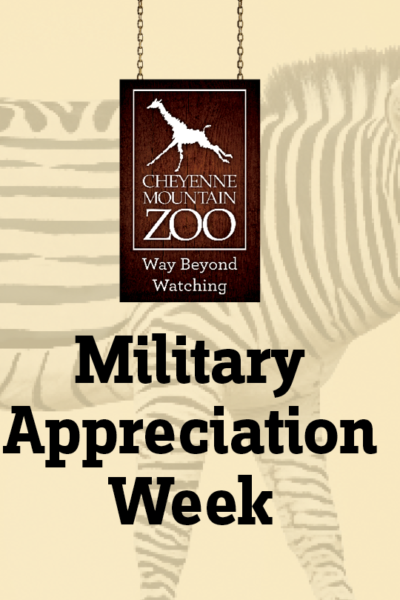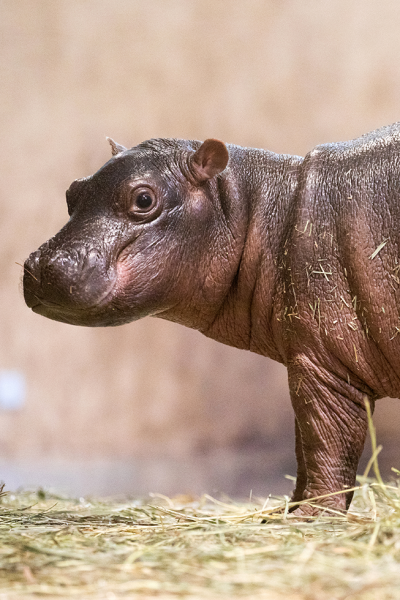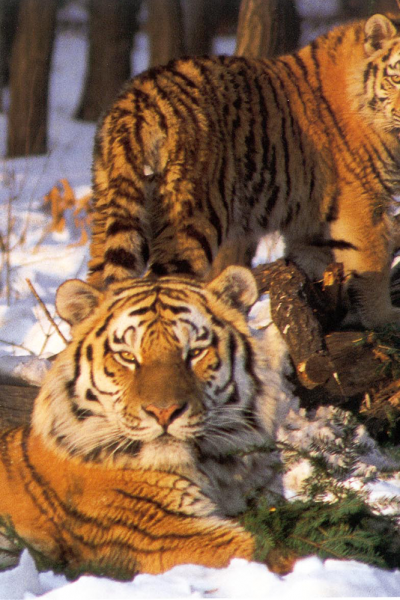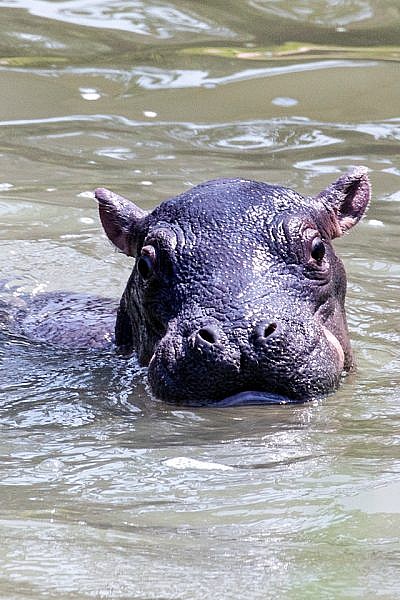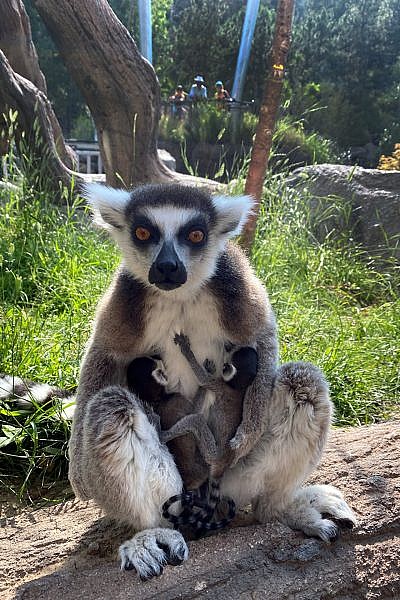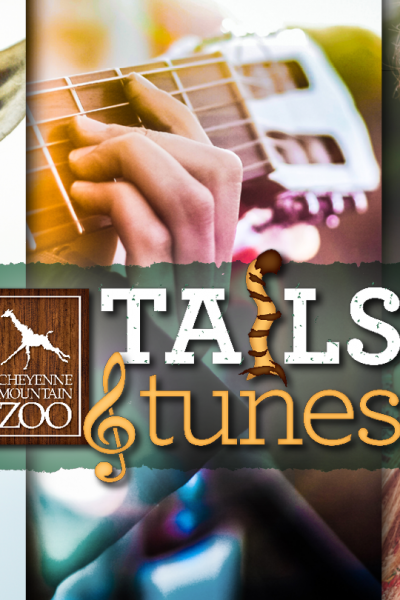NAMED THIRD BEST ZOO LIGHTS IN U.S. IN 2020, ELECTRIC SAFARI IS AGAIN NOMINATED FOR NATIONAL USA TODAY READERS’ CHOICE RANKING – More than 50 acres of twinkling lights, 60 artisan-made light sculptures, breathtaking nighttime city views and the nearby sound of roaring lions can only mean one thing in Colorado Springs: Electric Safari is back. New this year, giant illuminated animal inflatables add to the holiday celebration.
Cheyenne Mountain Zoo’s 31st annual month-long celebration of the season will begin Friday, Dec. 3 through Sunday, Dec. 5, and continue Friday, Dec. 10 through Saturday, Jan. 1, excluding Christmas Eve. Members and their accompanying paying guests are granted early admission with a reserved ticket from 4 to 5 p.m. General admission is from 5 to 7:30 p.m. Electric Safari ends at 8:30 p.m.
Electric Safari is free for CMZoo members, and members can attend as often as they’d like! To manage on-site parking throughout the event, advance timed tickets are required for members and the general public. Get tickets and more details at cmzoo.org/electric.
Attendees will enjoy lit trees, structures and sculptures, installed by Cheyenne Mountain Zoo’s grounds team over four months. Brand-new larger-than-life illuminated animal inflatables will decorate the Zoo this year, making extra special backdrops for holiday photos. If all of those beautiful lights don’t un-Scrooge even the Grinchiest of holiday grumps, a cup of hot cocoa and a visit with Santa ought to do the trick.
Kris Kringle will be in Safari Lodge through Dec. 23 to hear holiday wishes, collect lists and pose for free photos. The Mountaineer Sky Ride will be open (weather permitting) for incredible once-a-year views of the holiday nighttime glow of Colorado Springs from the mountainside.
Electric Safari wouldn’t be complete without visiting select animal exhibits. Electric Safari offers paid feeding opportunities with CMZoo’s famous giraffe herd and budgie flock. Water’s Edge: Africa, the giraffe barn, the elephant and rhino barn, the African lion relaxation room, Rocky Mountain Wild (except grizzly bears), Asian Highlands, Scutes Family Gallery and Budgie Buddies are open.
Grizzly Grill, Cozy Goat, Pizza with a View and Elson’s will be open to serve food and beverages. The Thundergod gift shop is open every night to serve hot cocoa. Guests can roast s’mores and sip hot cocoa at Rocky Mountain BBQ Co on Saturdays and Sundays. Dippin’ Dots in Rocky Mountain Wild will be open Fridays, Saturdays and Sundays to serve hot cocoa. Warming outdoor heaters throughout the Zoo help keep visitors warm in between the indoor animal exhibits.
Electric Safari was named Third Best Zoo Lights in the nation the last two years, by USA Today’s 10Best Readers’ Choice Awards, and has once again been nominated. Supporters can vote once daily at cmzoo.org/lights through 10 a.m. MST on Monday, Dec. 6. Winners will be announced Friday, Dec. 17.
Electric Safari is supported by our partners at Children’s Hospital Colorado, Colorado Springs Pediatric Dentistry, Raising Cane’s Chicken Fingers, U.S. Bank and your Colorado Springs Toyota dealers. For more information, visit: cmzoo.org/electric.
About Cheyenne Mountain Zoo
Cheyenne Mountain Zoological Society was founded in 1926. Today, Cheyenne Mountain Zoo, America’s mountain Zoo, offers comprehensive education programs, exciting conservation efforts and truly fantastic animal experiences. In 2021, Cheyenne Mountain Zoo was voted #4 Best Zoo in North America and CMZoo’s Rocky Mountain Wild was named #3 Best Zoo Exhibit in North America by USA TODAY 10Best Readers’ Choice Awards. It is Cheyenne Mountain Zoo’s goal to help guests fall in love with animals and nature, and take action to protect them. Of the 242 zoos and aquariums accredited by the Association of Zoos and Aquariums (AZA), Cheyenne Mountain Zoo is one of just a few operating without tax support. Cheyenne Mountain Zoo depends on admissions, membership dues, special event attendance and donations for funding.
